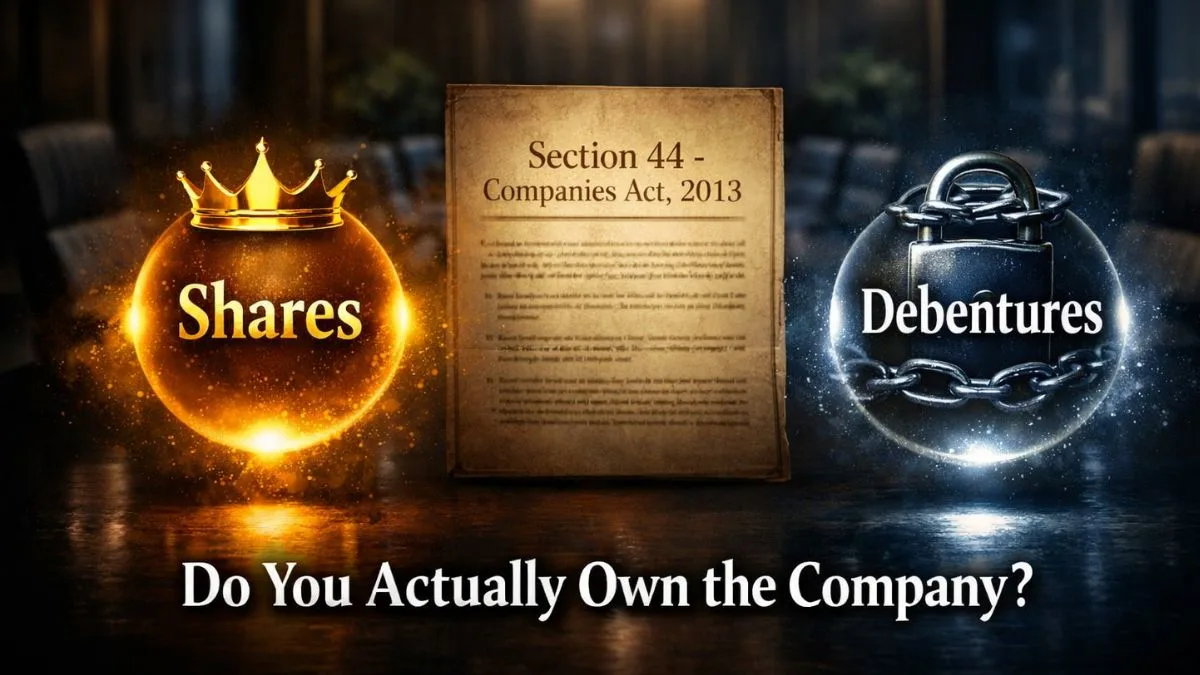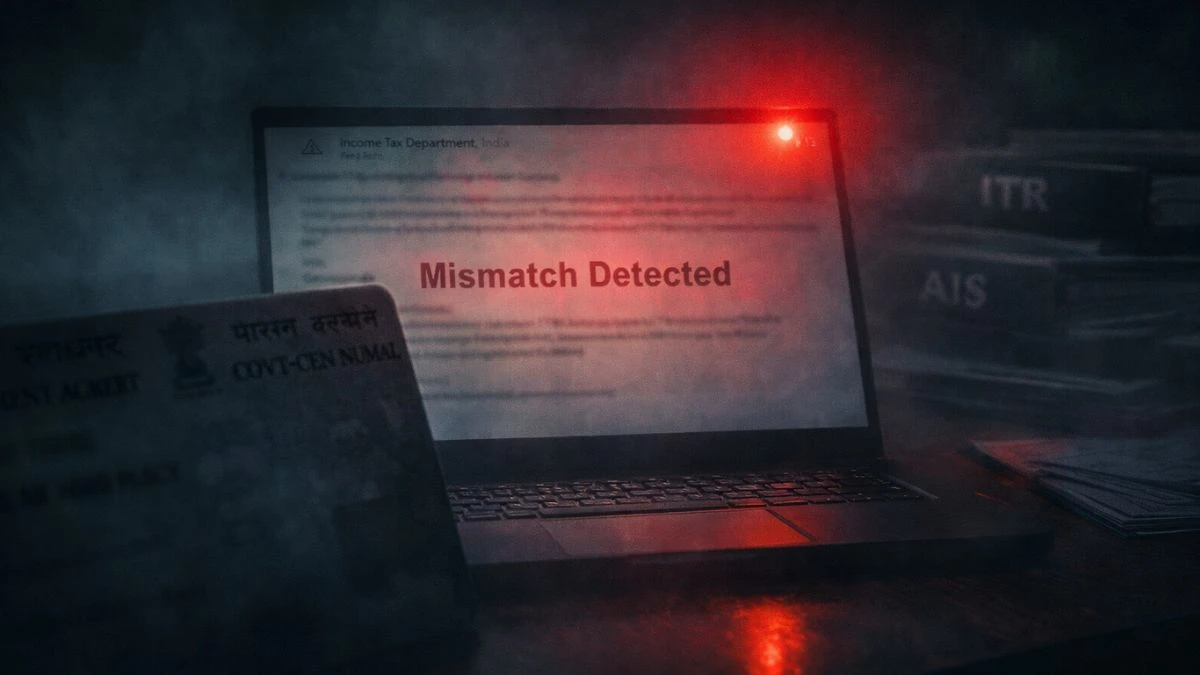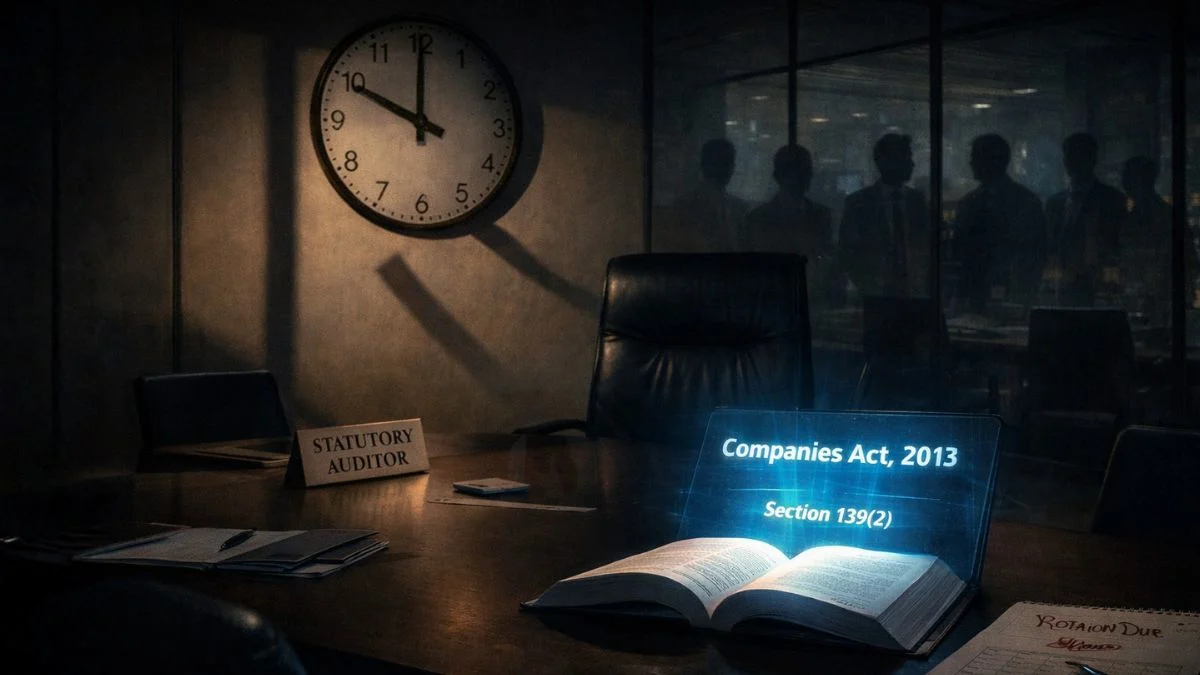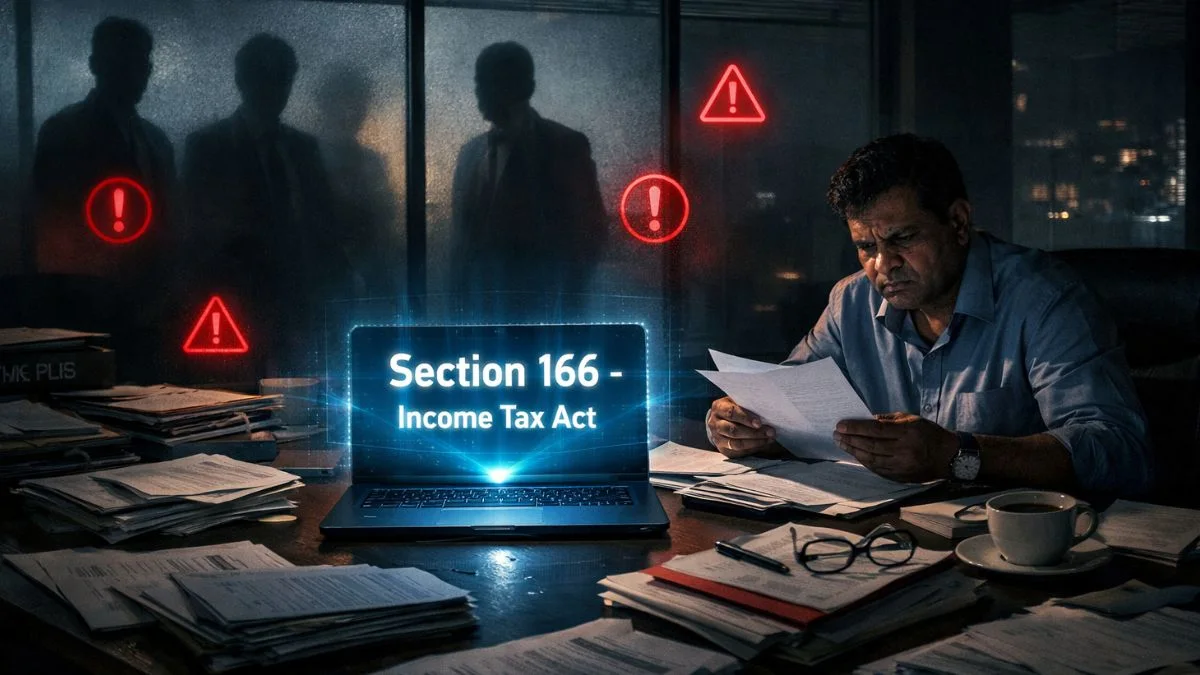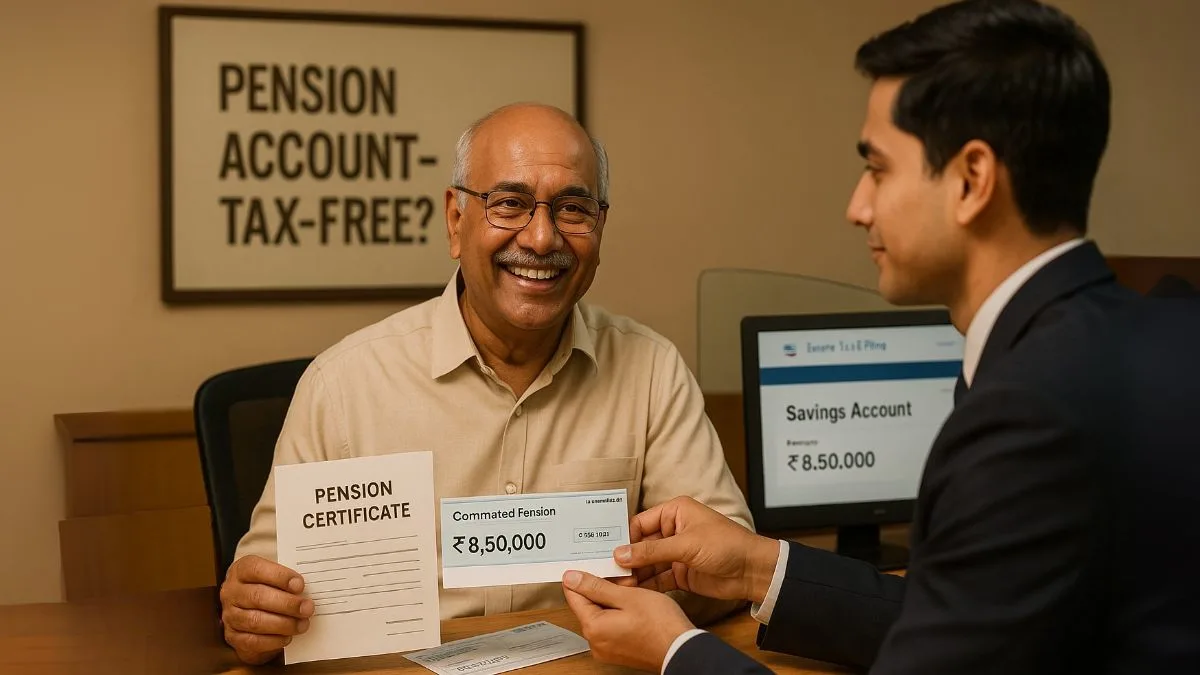
In India, many salaried individuals receive House Rent Allowance (HRA) as part of their salary package. But not many realise that a portion—or in some cases, the full amount—of this allowance can be exempt from tax under Section 10(13) of the Income Tax Act. Understanding how this section works can save you thousands of rupees every year.
What Is Section 10(13) of the Income Tax Act?
Section 10(13) of the Income Tax Act provides exemptions for certain types of income. More specifically, Section 10(13)(a) allows salaried employees to claim exemption on HRA, either partially or fully, depending on specific conditions laid out by the Income Tax Department.
This section exists to provide relief to individuals who live in rented accommodation & pay monthly rent. It ensures that salaried taxpayers are not unfairly taxed on the allowance provided for this purpose.
HRA Exemption Under Section 10(13)
So, how much of your HRA is exempt from tax?
According to Section 10(13A) & the rules laid down under Rule 2A, the least of the following amounts is exempt:
- Actual HRA received from the employer.
- Rent paid minus 10% of salary.
- 50% of salary (for those living in metro cities like Delhi, Mumbai, Kolkata, or Chennai) or 40% for others."
For instance, if you're living in Pune & your HRA is ₹25,000/month, & you pay ₹20,000 in rent while earning a basic salary of ₹60,000/month, only a portion of the HRA is exempt under Section 10(13A), & the rest becomes taxable.
Key Criteria for Claiming HRA Exemption
To be eligible under Section 10(13):
- You must be a salaried individual receiving HRA.
- You must be paying rent for accommodation.
- The rented accommodation should not be owned by you.
- PAN of the landlord is mandatory if the rent exceeds ₹1 lakh per annum.
Is HRA Fully Exempt from Tax?
The short answer: Not always. HRA can be partially or fully exempt from taxes, but that depends on your salary structure, city of residence, & rent paid.
For example:
- If you receive ₹15,000 HRA & live rent-free (say with your parents), the entire HRA is taxable.
- If you pay a high rent in a metro city, a larger chunk of your HRA may be exempt.
How to Claim HRA Exemption?
To claim HRA under Section 10(13):
- Submit rent receipts to your employer.
- Provide the landlord’s PAN if rent exceeds ₹1,00,000 annually.
- Declare HRA details while filing your ITR.
- Keep proper documentation for proof in case the IT Department asks later."
Common Mistakes to Avoid
- Claiming HRA without actually paying rent.
- Claiming full HRA exemption, assuming it’s tax-free.
- Not disclosing rent payments while changing employers.
- Failing to report the landlord’s PAN for high rents.
Section 10(13) vs. Section 80GG
Don’t confuse Section 10(13) with Section 80GG. While both relate to rent, 80GG applies to those who don’t receive HRA at all, like self-employed individuals or freelancers. Section 10(13), on the other hand, is specifically for salaried employees receiving HRA.
Why Does This Matter?
The exemption under Section 10(13) can significantly reduce your taxable income. If you're living in a rented house & not availing this, you're potentially losing thousands in tax savings each year. Even if you're filing returns through a CA or platform, being aware of this exemption helps you validate if it's being applied.
💡 Want to file your taxes with 100% accuracy & claim every exemption you’re entitled to? Our experts at Callmyca.com are here to help you save more, stay compliant, & file stress-free.


